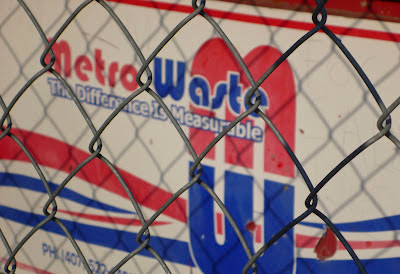The new historic
Orlando Group on Facebook has been a great source of information about the City Beautiful, and a post requesting information about Datson Dairy yielded surprising results. My original
blog detailing my quest to find out more about the area surrounding my house, had limited information about the Dairy. But I was delighted when members of the Datson family, still living in the area, posted some valuable information to help fill in some of the gaps.

According to posts on the page, Datson Dairy opened in 1910 and was operated by Clarence Dotson who was said to be a "pioneer" in the nearby community of Pinecastle. Much of the information was provided by Priscilla Crawford Datson, providing family history and images. Mrs. Datson explained "Clarence Datson and his three brothers operated the dairy, each brother except Theodore, who chose to go into more of just the political end of farming, had and operated their own dairy farms. The processing plant was downtown at the corner of South St. and the railroad." She continued "after the death of his father, Glen Datson Sr. had a dairy farm in the Conway area.The original farm was in the Lake Hourglass area, the farmhouse being built for my husband’s Grandmother was finished after his Grandfather was killed in an auto accident, and the the brothers took over the original operation, that is when the farm in the Conway area was started by Glen Sr." She explained that the boundaries of the original farm on the shore of Lake Hourglass (the first photo in the post) extended east to Bumby Avenue and north and south between Kaley and Curry Ford Road.
 |
Theodore Datson, Vice President of the Florida Dairy Industry gives an address, 1950
UF Digital Collections (UFDC)
|
Priscilla's son-in-law posted these images of a postcard of the South Street bottling plant that was later sold to Borden.
I also learned that the farmhouse built in 1926, is still standing, and the family still lives in it! For a historyhead like myself, it doesn't get much better than that! I was able to find the cypress tree that is in on the right hand side of the farm photo, larger and still going strong!
And this is the general area where the farm used to be. The large Cypress to the right of the palm tree sits on a narrow county park that I now know was donated to the county by the Datsons.
Here is a 1954 aerial of Lake Hourglass. There are no more citrus groves, only houses. The farm would have been on the east side of the larger half of the lake.
It's fun finding pieces of the puzzle, but it also whets my appetite to want to learn more. As I slowly learn more about the place I call home, I feel solidly grounded in the present and connected to the area's colorful past. Thanks to Priscilla Crawford Datson and her son-in-law Dan for their images and information.




















































